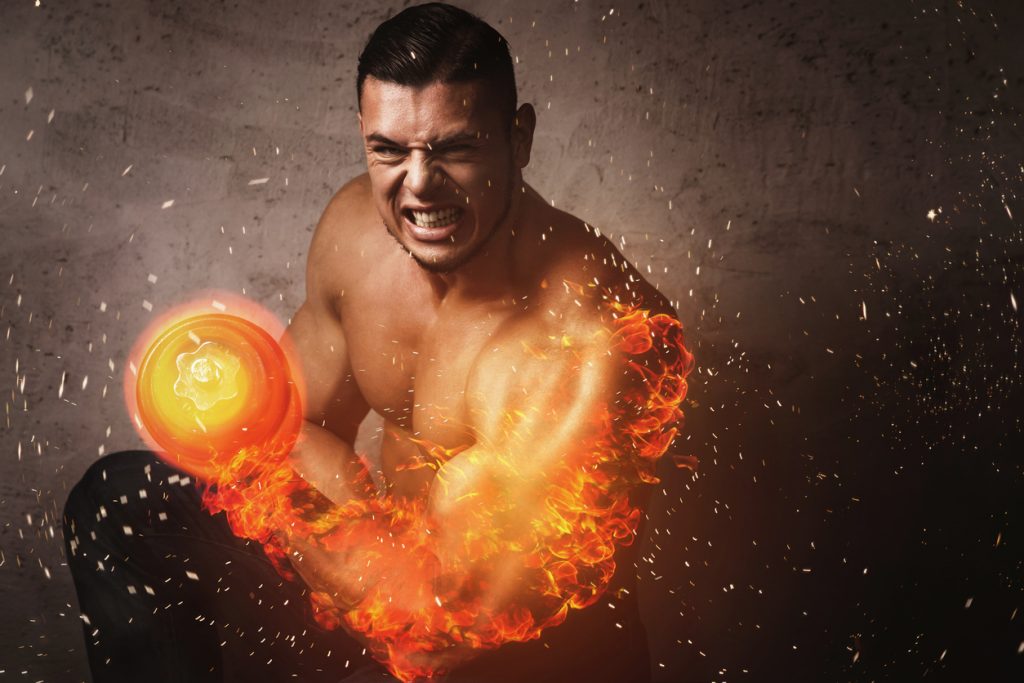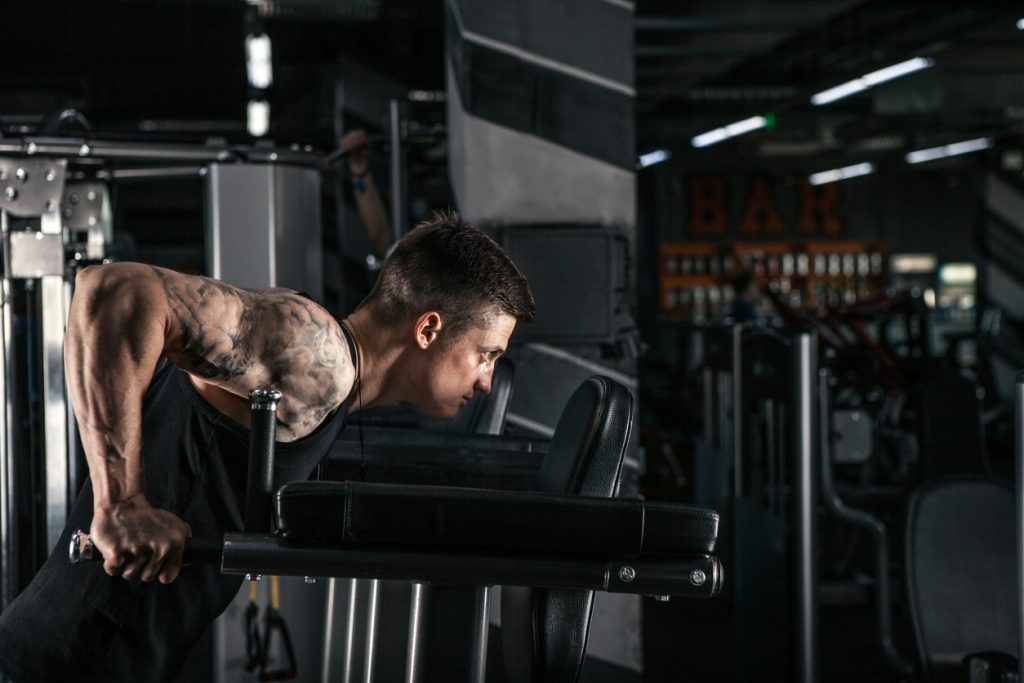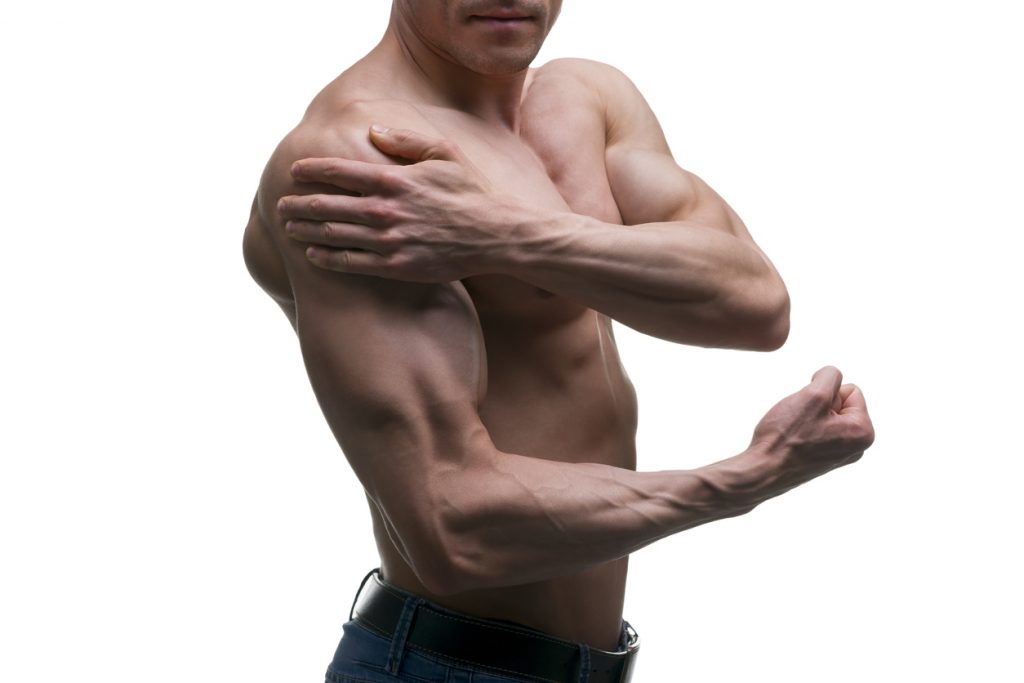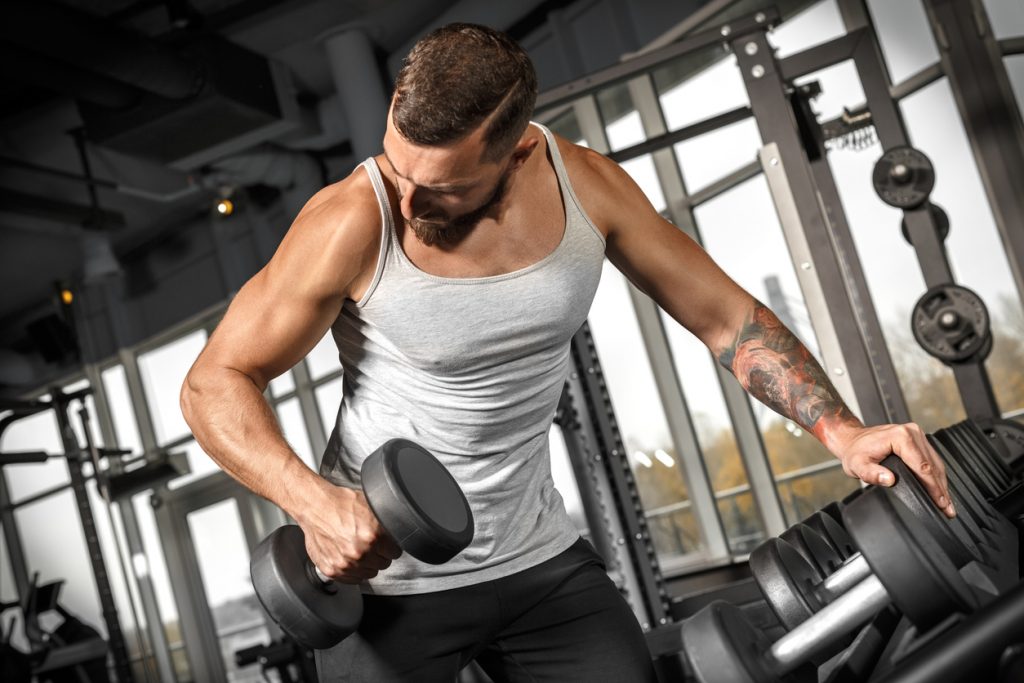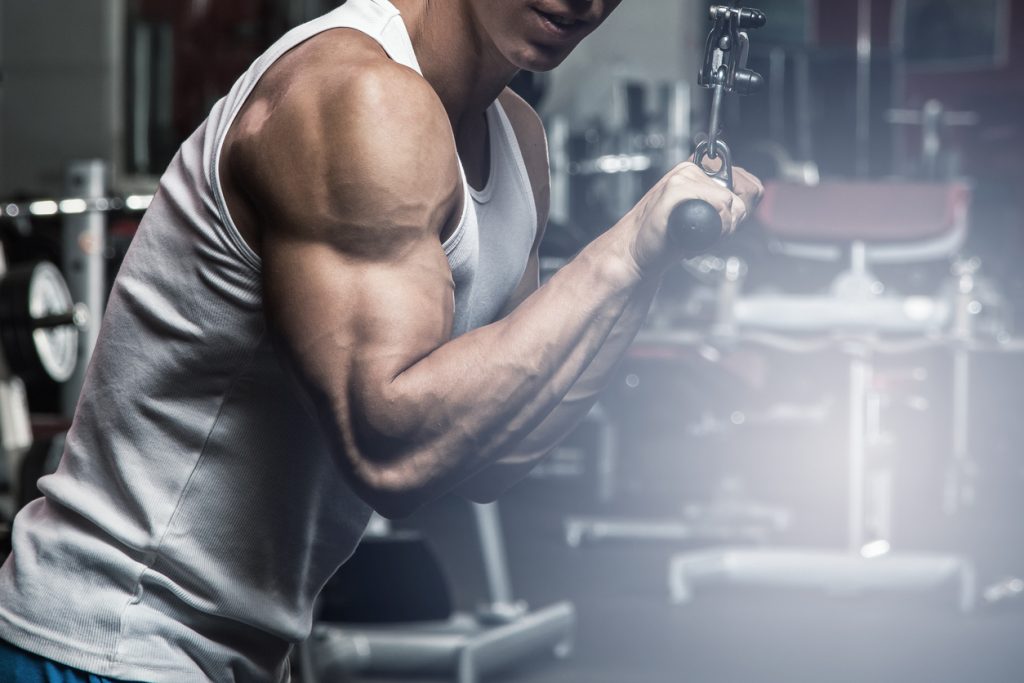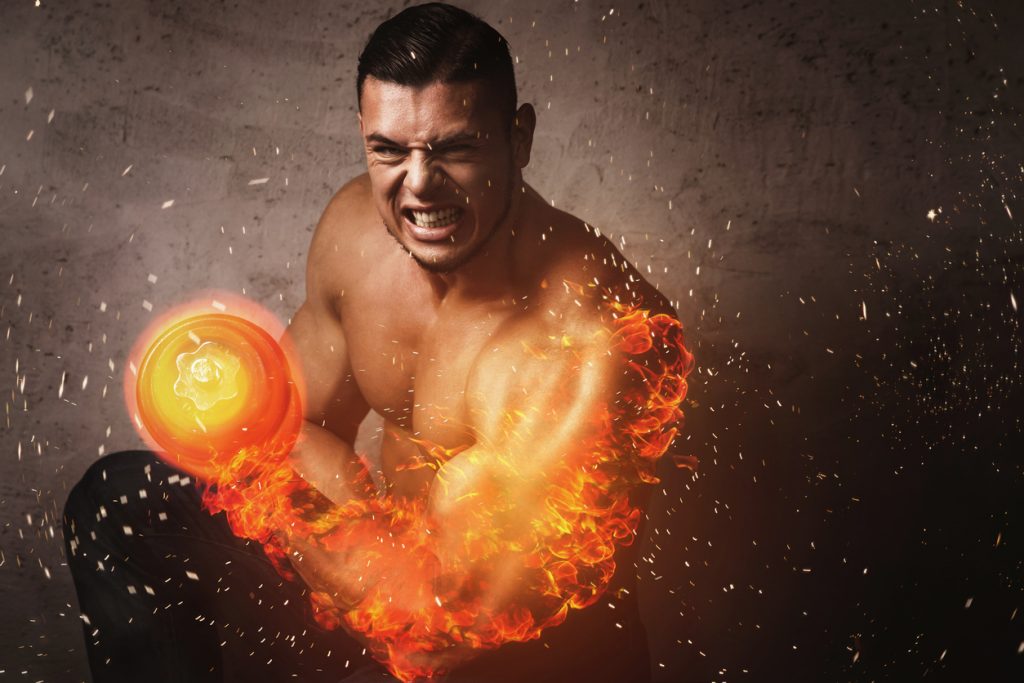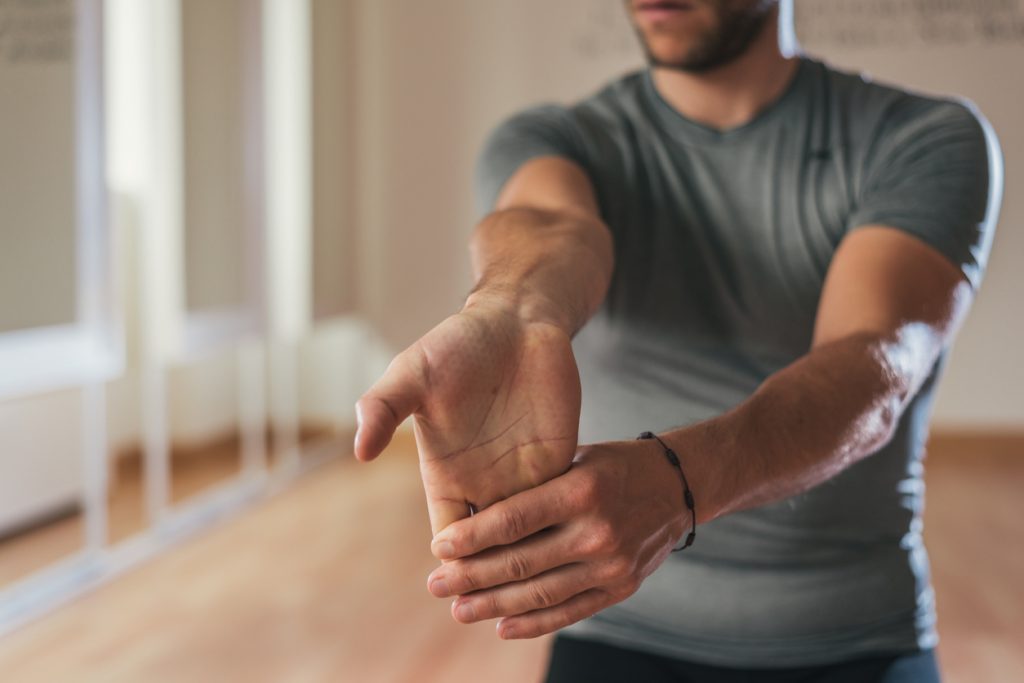How to increase your Triceps
The triceps are of major importance because they ensure the symmetrical development of the arms.
The origins of the triceps
The triceps has its origins in three fundamental points:
- the long portion of the scapula,
- the external bundle of the upper-posterior part of the arm,
- the internal bundle at the back of the arm.
Like any muscle in the human body, it contains muscle fibres that meet at a single point: on the ulna. Also known as the ulna, it is located at the back of the forearm.
The role of the triceps
To fully perform its role, the triceps must interact with three fascicles. Specifically, you will need this muscle to extend your elbow and bring your arm towards your body. This is made possible by the long portion at the shoulder blade.
What exercises can be used to work and stretch the triceps?
Depending on the result you want to achieve, you can choose from the following exercises.
- To stretch the long triceps to the maximum, do scapulo-humeral raises and elbow curls. This position ensures a longer run.
- To stretch the long portion further, stretch your arm in an upright position with your elbow high behind your head.
- To work on the vastus, place your arm alongside your body, but slightly behind. This will strengthen the forearm. Note that when you adopt this position, the insertion points of the long portion will move closer together, while those of the vastus will not change.
- Raise your arm above your head and do elbow extension exercises. It will be important to keep your arms close to your body in order to stress the long arm as much as possible. To do this, you can use dumbbells or a pulley.
- Strengthen your vastus lateralis with the following position: elbow close to the body and hands in pronation (movement of the elbow joint and medial rotation of the hand).
- To work the vastus medialis, use the following technique instead: elbow close to the body and hands in supination (movement of the forearm and hand with lateral rotation of the radius).

